Close your eyes and Imagine endless booths of treasures where vintage postcards sit quaintly next to the most beautiful Louis XV chairs. Where gilt mirrors, chandeliers, and incredible artwork sit waiting for you to discover for your own home (or clients, hello fellow designers!).
I’m here to tell you the good news? This place exists.
And it’s called: That’s the Paris Flea Markets!
As an interior designer who sources from the French flea markets for clients across the globe, I am spilling all of the secrets for shopping like a pro!
In this post you’ll learn where to go, and how to prepare yourself, and what you might uncover…if you’re lucky!
What makes these French markets special? It’s the expertise behind each stall. You’ll meet vendors who can date a mirror frame at a glance. You’ll see fashion dealers who know more about vintage Chanel than most museum curators. It’s incredible.
During my first trip, which was a bit of a blur, I saw an abundance of beautiful objects and missed opportunities. Now, with years of experience under my belt, I head straight to my favorite spots, know when to haggle, and always find something worth bringing home.
Whether you’re searching for a statement piece or just want that perfect French find (nothing beats saying, “Oh, I got it in Paris!”), these markets won’t disappoint. But you need to know how to shop the Paris flea markets – and, lucky for you, that’s what we’re about to explore.
Ready? On y va!
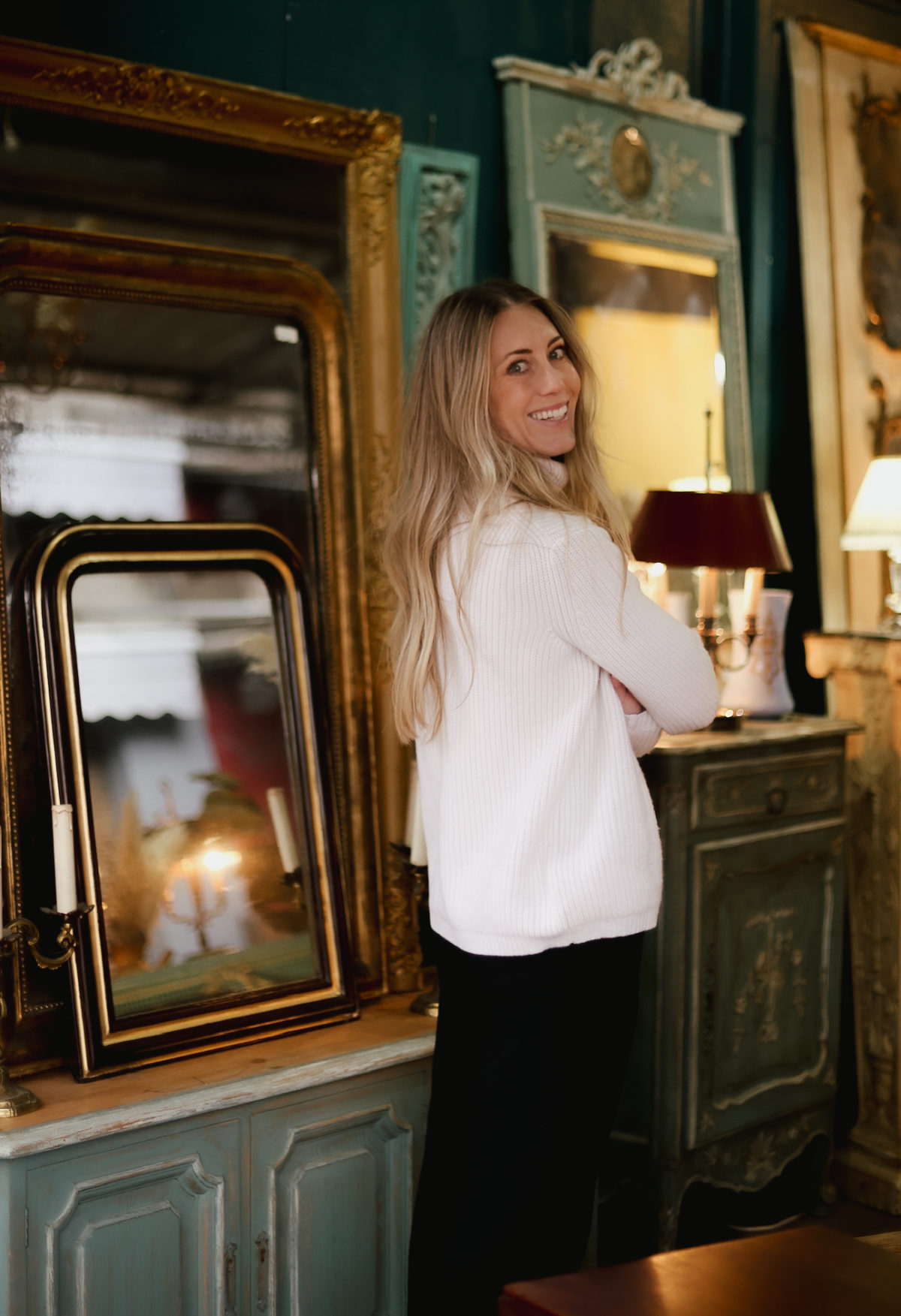
The Markets at the French Fleas
First, you should know Paris has several major flea markets throughout the city. Some are small weekend pop-ups perfect for casual browsing, while some are so massive they will keep you busy for days. The two largest markets in Paris are north and south of Paris’s city center.
Vanves flea is located south of Paris, and les puces de Saint-Ouen (pronounced: lay poose de san twan) is located in the north. When people refer to “The Paris Flea Market” they are generally referring to the St. Ouen market in the north.
Get my interactive Google Map with my recommended vendors at les puces de St. Ouen, just click here!
Why Les Puces de Saint-Ouen?
If other Paris flea markets are neighborhoods, Saint-Ouen is an entire city. Located beyond the northern edge of Paris proper, this massive market complex started in the 1870s when rag collectors settled here. Today, it’s grown into the largest antique market in the world.
On any given weekend, 150,000 people squeeze through these narrow streets. You’ll find restaurants between centuries-old antique furniture shops, hidden cafes, and yes, even a post office. The whole place runs like a small town with street names and local characters with unique stories.
The main streets buzz with activity while quiet side alleys hide tiny shops packed with curiosities. Some sections feel like high-end antique galleries, others like jumbled attics. Regulars know which cafe serves the best coffee, which alley has the friendliest dealers, and where to find that vendor who always has what they want.
Getting there takes about 30 minutes on the Metro from central Paris. Yes, the neighborhood around the metro station is a bit rough. Yes, you might question if you’re going the right way. But if you follow the crowd, you will find yourself in the middle of the world’s most famous flea market.
Pro Tip: If heading to St. Ouen, I suggest taking the metro there and take the line 13, get off at Garibaldi – it’s a bit of a nicer walk. I generally like ubering back into the city, which is usually around $20.
When typing a location into Uber, I usually just put “Vernaison” which puts you right at the beginning of the fleas.
Plan to get there early, 10:00 is usually perfect. Things start closing up around 14:00, some stay open til 17:00.
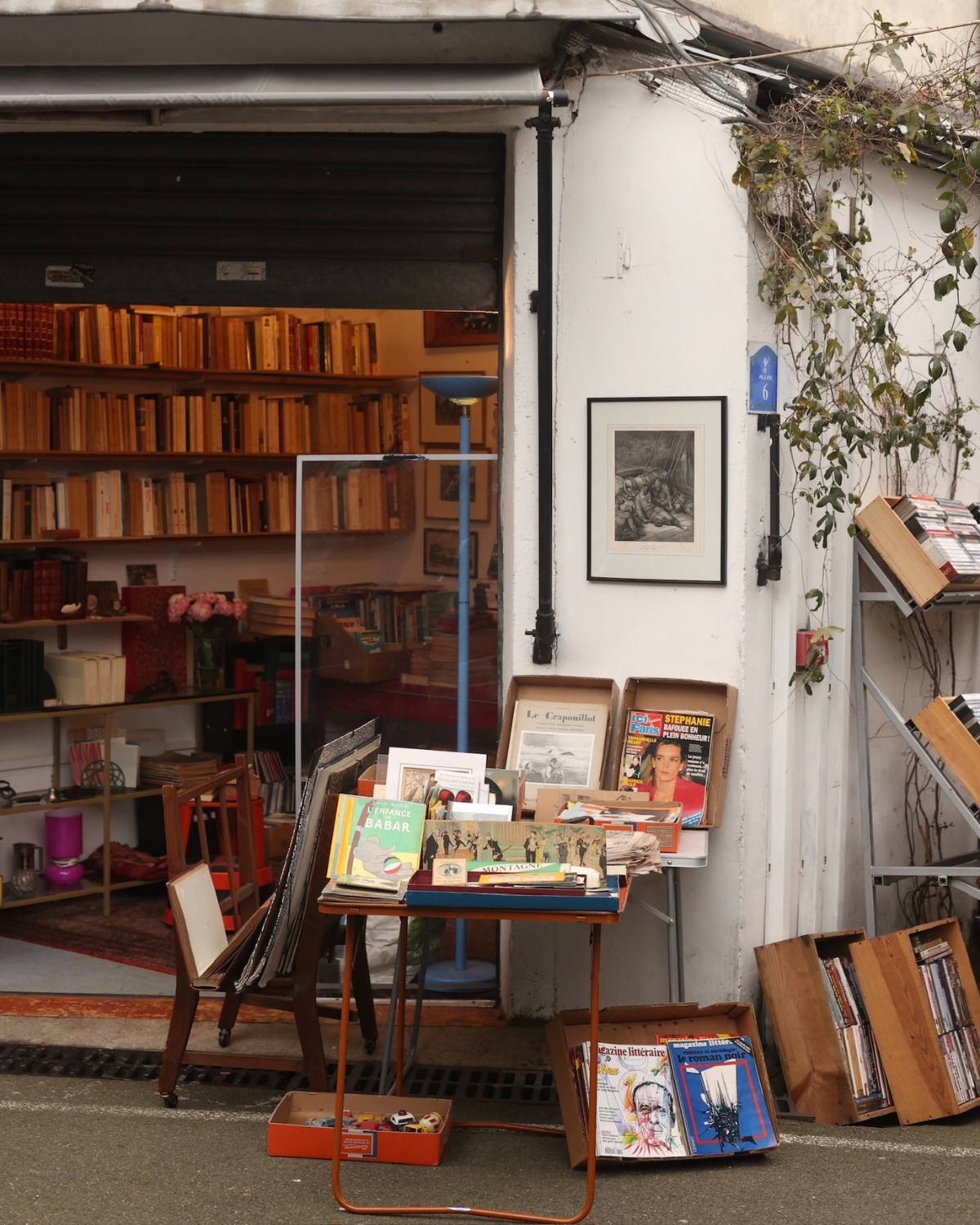
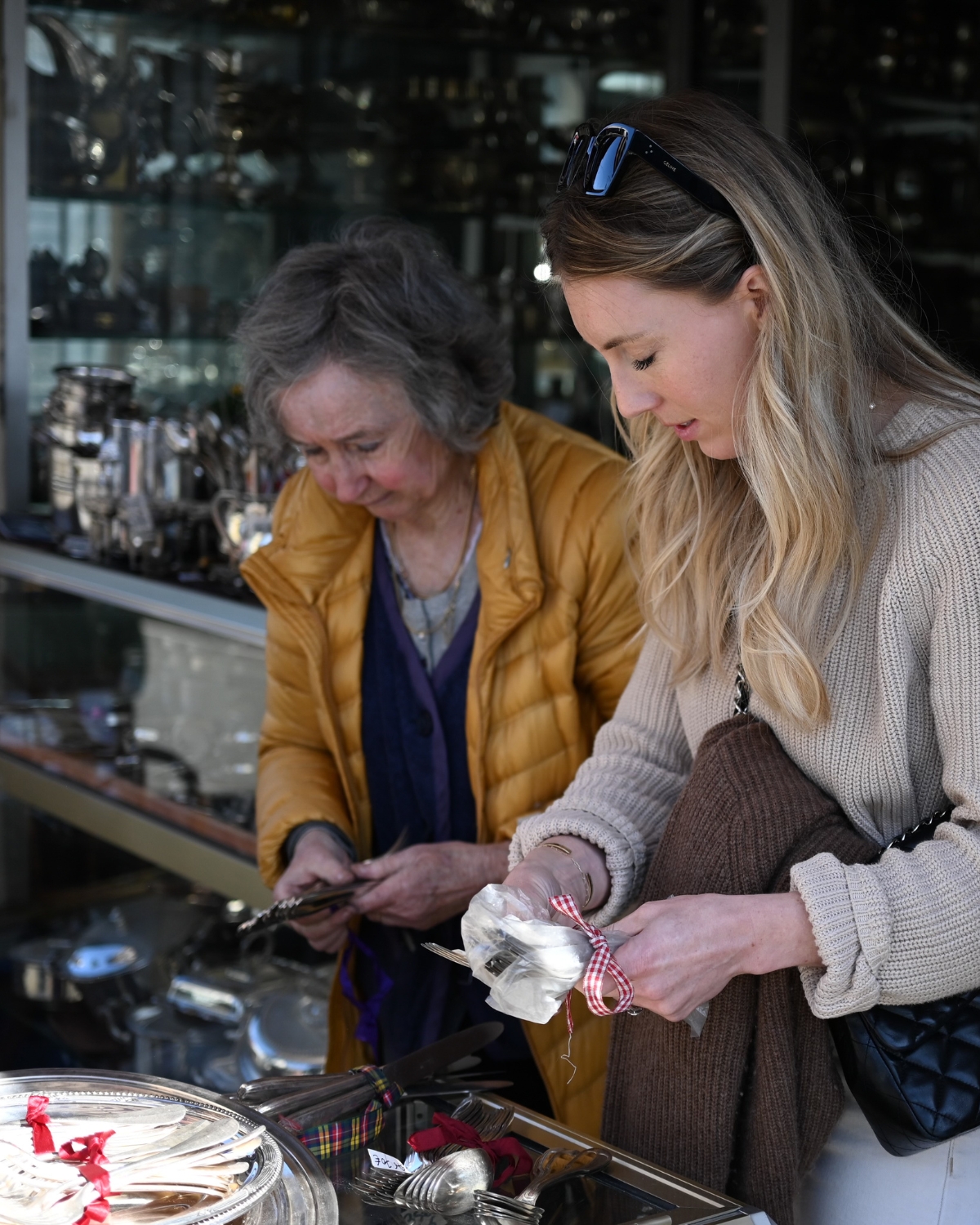
Photo Credit: @studiogabriellecapri
Main Markets in les puces de Saint-Ouen
Rue des Rosiers markets
Walking down Rue des Rosiers, you’ll find two sides that reflect the unique characteristics of this famous market street.
The right side starts with Marché Vernaison
Since 1920, Marché Vernaison has drawn treasure seekers to its 300 stalls within Saint-Ouen.
Here, the focus is hunting for treasure, with dealers and eccentric collectors offering high quality pieces at fair prices. You’ll find everything from tarnished silver and aged mirrors to stunning glassware, vintage books, and rare oil paintings at reasonable prices.
However, what you’ll find changes daily. Sometimes, you’ll find decorative objects; other days, vintage treasure and hidden gems.
Maybe you’ll get some luck in finding a vintage Louis Vuitton bag in great condition.
Most vendors take cards now but bring cash for the best deals. And yes, friendly negotiation is expected, especially for multiple purchases.
Pro tip: The flea markets are generally only open on the weekends. However some are open Fridays and some are Mondays.
Moving down, you’ll hit Marché Biron at number 85
Marché Biron is split into two distinct sections.While the left wing houses rows of wooden furniture with a rustic aesthetic, the right side showcases more ornate pieces: think gilded Rococo Louis XV and Neoclassical XVI styles.
Just past Marché Biron is Marché Cambo at number 75
On a much smaller scale, compared to the previously noted markets, Marché Cambo houses approximately 20 dealers who have formed a close-knit community.
There, you’ll find beautiful Art Deco furniture alongside high-quality earthenware pieces. What catches my eye here are the regional objects dating back to the 17th and 18th centuries.
The collection of vintage linens and drawings is impressive, in addition to the Art Deco ceramics is impressive, too.
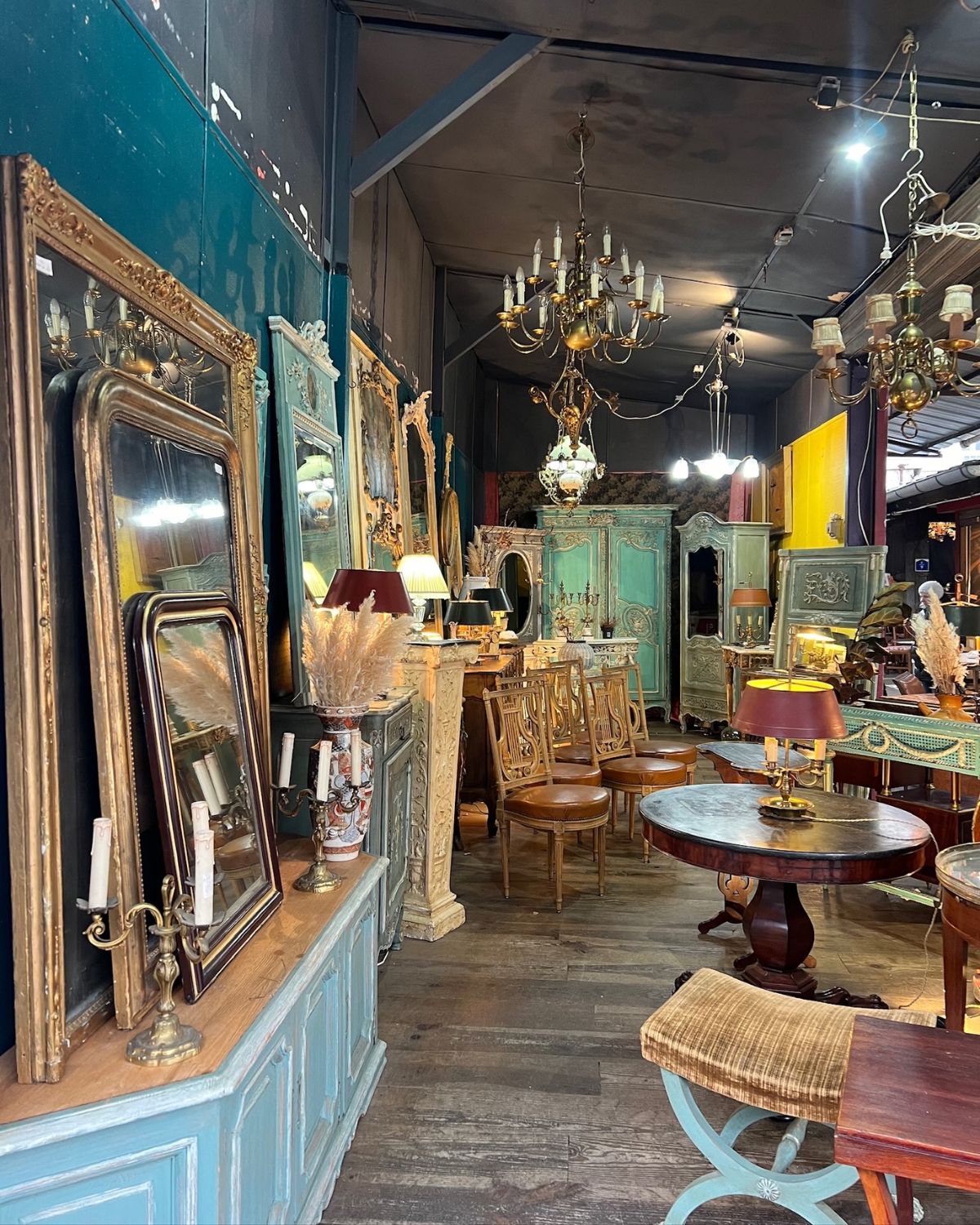
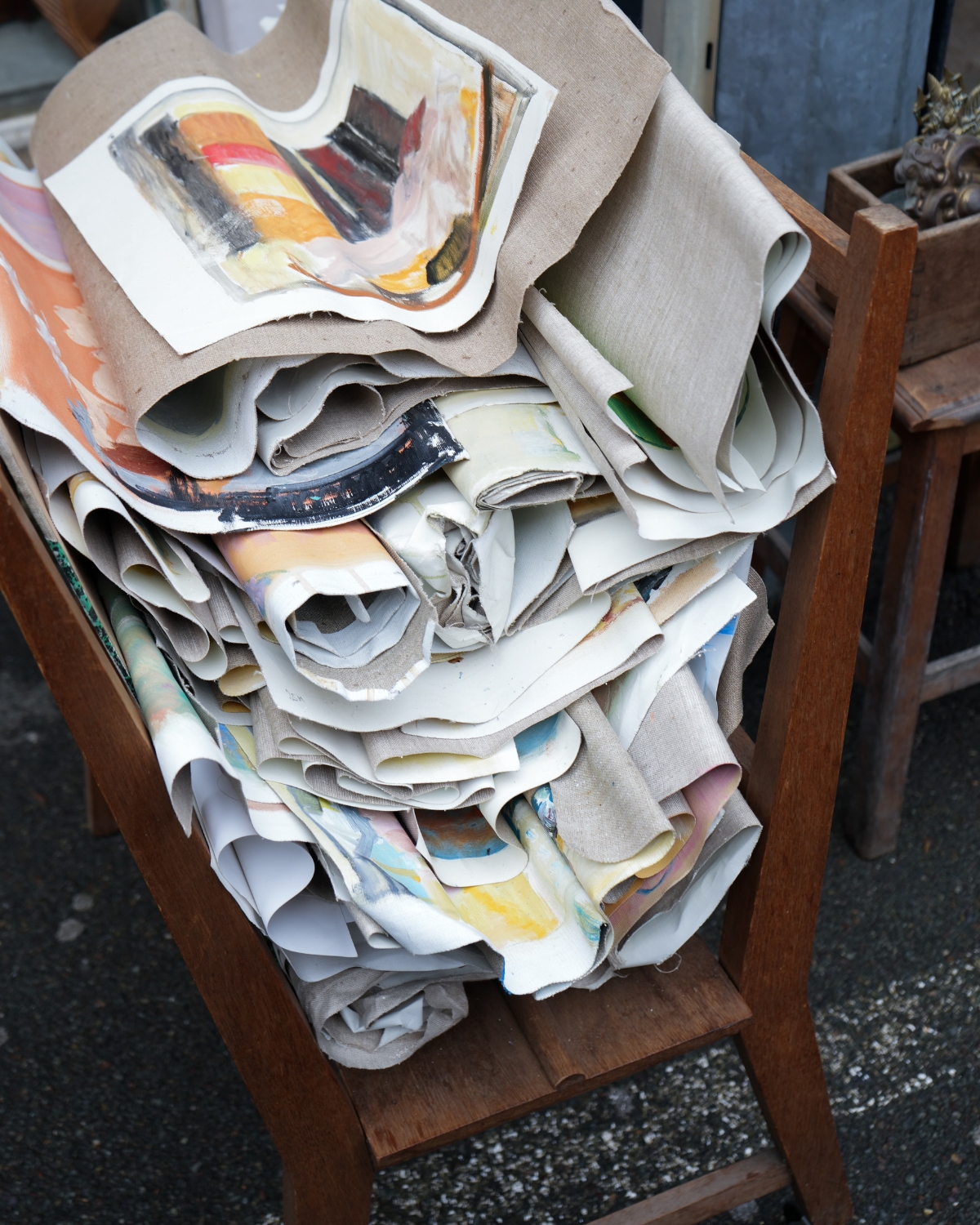
The left side of the street starts with Marché Malassis at 142
The antique dealers at Marché Malassis know how to mix restored furniture with unexpected objects – I’ve seen everything from baroque to neoclassical arrangements.
What I love are the thematic booths. Some stands specialize in specific themes – you might find an oriental collection alongside a curated writer’s library or marine objects alongside vintage beaded jewelry.
You’ll also find elegant pieces from the 18th and 19th centuries (’40s furniture with precious woods, innovative designs from the ’50s, and bold pieces from the ’70s). Each time you walk through these wildly fascinating shops, you’ll always find something new.
To get to Marché Malassis, take Metro Line 13 to Garibaldi.
Marché Dauphine at 140
Inside this covered section of Saint-Ouen, Marché Dauphine stands out with a mix of curated, high-end pieces and bric a brac.
The lighting collection draws designers from all over Europe – think 1920s chandeliers and modernist wall lights in pristine condition, mixed with old records and cameras.
The furniture section showcases exceptional pieces, from Louis XV originals to mid-century masterpieces. If you know how to shop the Paris flea markets, you’ll understand why collectors gravitate here. The pricing is pretty fair here, although there is a bit of digging to be done.
Each vendor sticks to their specialty. One dealer might have the best collection of 18th-century mirrors in Paris. Others may stock hard-to-find modernist pieces and other premium French antiques. Every item has authentication and history, which explains the higher price tags.
As I’ve mentioned before, most vendors accept cards, but bring cash for negotiations.
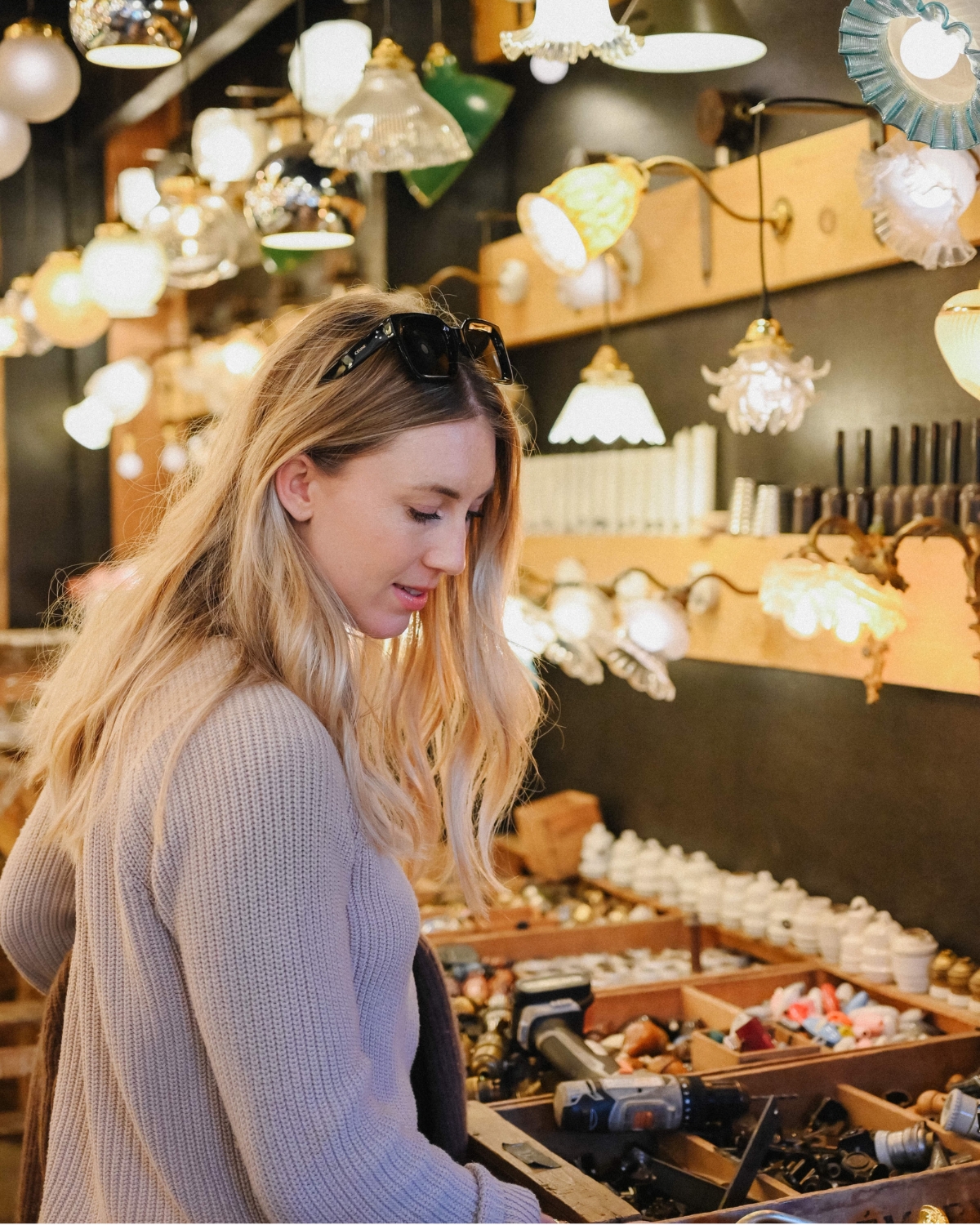
Marché Paul Bert
Anyone serious about antiques knows Paul Bert is the heavy hitter at Saint-Ouen. Skip the tourist traps; this corner of the Marché aux Puces is where museum curators and high-end designers hunt.
The market’s antique furniture selection is extraordinary – from ornate Louis XV pieces to rare Art Deco finds. Here, you’ll find museum-caliber items often in prestigious collections worldwide. Each piece is documented and authenticated by dealers who’ve spent decades in the trade.
What sets Paul Bert apart is its ability to spot what’s next before everyone else catches on. The merchants here don’t just sell antique treasures, they shape trends and rediscover forgotten artisans.
Don’t be surprised to find centuries-old armoires or delicate decorative items alongside architectural elements.
Just so you know, this isn’t your typical flea market experience. The prices reflect the exceptional quality, but it’s worth exploring if you are after authentic pieces with history.
The market runs Friday mornings from 8 am to 12 pm, perfect for early birds looking to score. Weekend hours are from 10 am to 6 pm. Mondays run from 11 am to 5 pm, perfect for those who want to browse without the crowds.
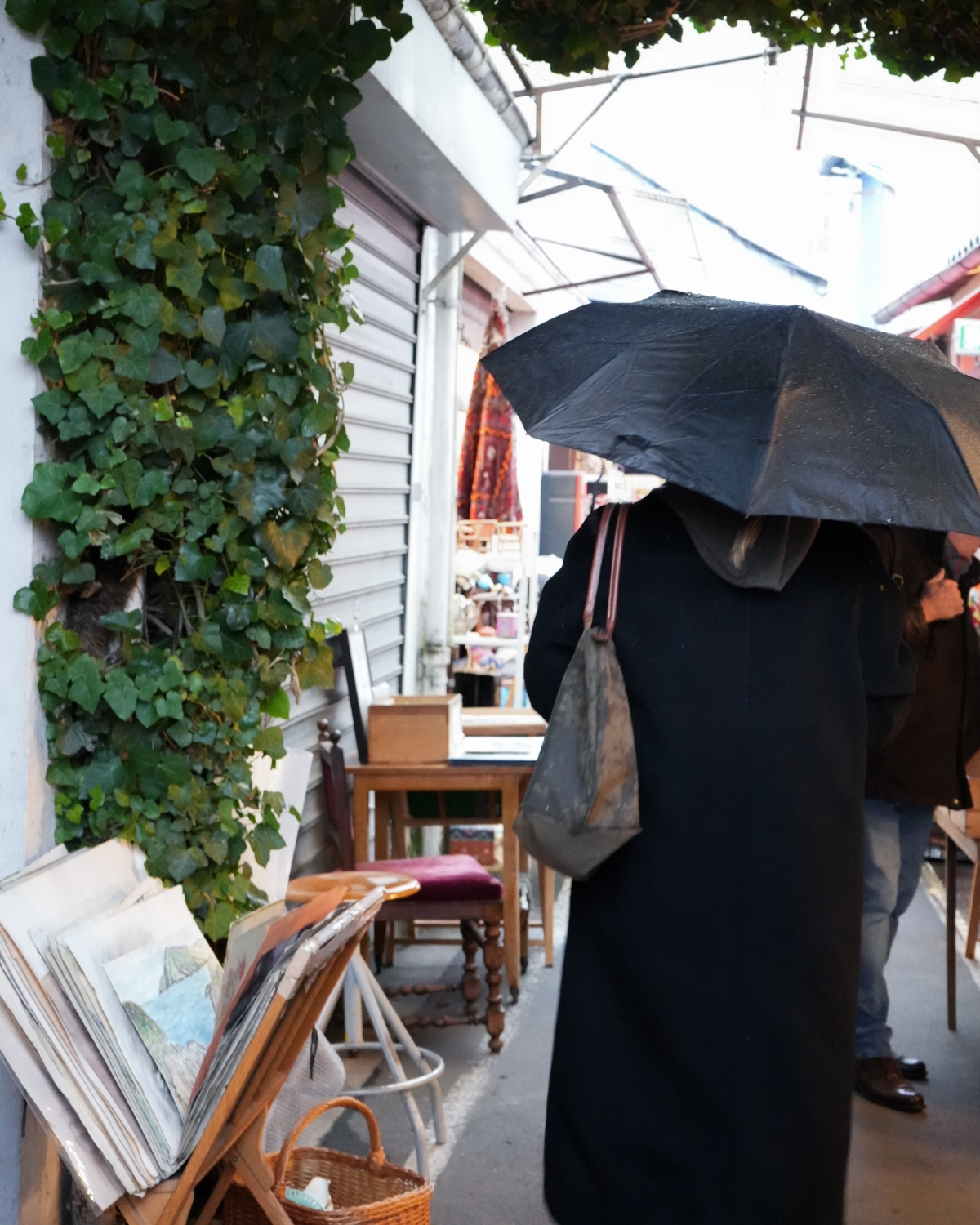
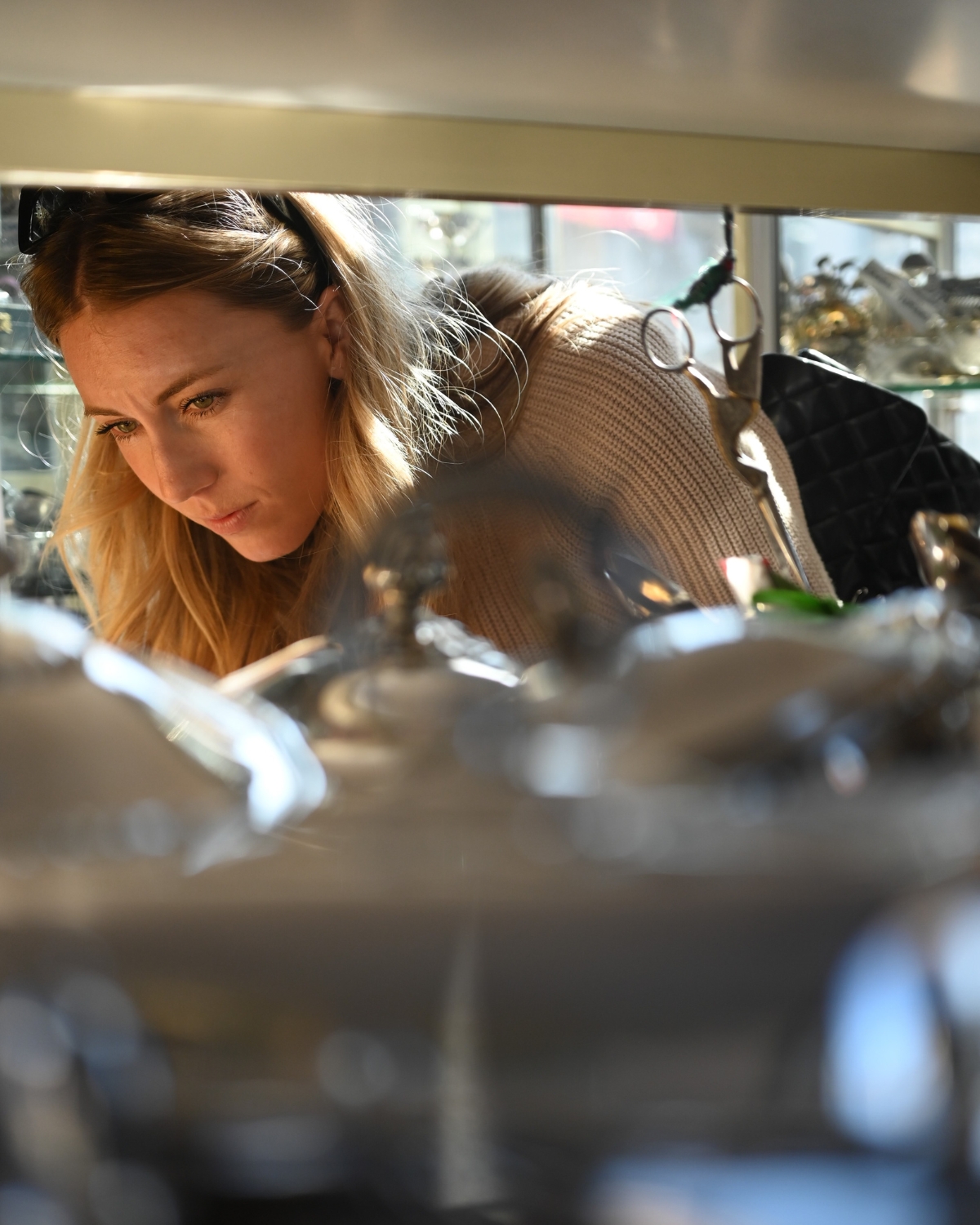
Alternative Markets
porte de vanves
I love how different the Porte de Vanves is from Saint-Ouen. Here, 400 vendors spread their treasures along two quiet avenues each weekend, creating what feels more like a neighborhood yard sale than a tourist destination.
I’ve found some of my best pieces here precisely because it’s not trying to be fancy.
Unlike Saint-Ouen’s polished showrooms, Vanves is positively jumbled! You will find gorgeous art deco lamps buried under vintage linens, antique jewelry, vintage clothes, second-hand clothes, vinyl records, and so much more. I once found a table for 70 euros that resells for $5,000.
If you’re new to Paris flea markets, I’d recommend starting here. The open-air setting feels less intimidating, and the vendors are more patient with browsers and bargaining. Just remember to bring cash. I’ve had to pass up some amazing finds because I forgot that card readers aren’t a thing here.
Getting there is simple: I take Metro Line 13 to Porte de Vanves and follow the early morning crowd. Speaking of early, shopping starts at 7 am. So come early. Even if you’re not an early bird, the neighborhood vibe makes it worth visiting. It’s still my favorite way to spend a weekend morning in Paris.
As a note, this market is a bit more mild than the northern market because the area is a bit nicer, so if you’re a little nervous about heading to the fleas on your own, this is a good option.
Paris Proper Markets
If you want a more relaxed way to spend your weekend mornings in Paris, you don’t even need to leave the city limits. Paris has petite markets in the heart of Paris proper, and they’re perfect when you want a casual flea experience.
City-center markets pop up on weekends throughout Paris’s neighborhoods, and they have a completely different feel from their bigger suburban markets. Instead of the overwhelming scale of Saint-Ouen or even Vanves, you’ll find gatherings of vendors selling everything from vintage clothing to old books.
I love browsing these smaller markets. It’s where you can spend 20 minutes chatting with a vendor about their collection of antique coffee grinders without feeling rushed. While at it, you might spot students flipping through vinyl records, locals hunting for vintage Parisian posters, or visitors picking up small antiques they can fit in their suitcases. The vibe is super casual – no pressure, no pretense, just genuine Parisian weekend culture.
Don’t expect to furnish an entire house here, but these markets offer a treasure trove of vintage trinkets and small gifts. Plus, they make for a perfect morning activity, if you ask me. Just wander through, grab a coffee, score a cool old book, and then head off to lunch feeling like you’ve tapped into real Paris life for a bit.
Many people ask for locations of these markets, but the thing is, it changes weekly, so this is more of a “find it that weekend” type of thing. I understand that the Type A’s reading this will not be happy to hear that…but it’s just the reality! If you want to plan ahead, go to Vanves or St. Ouen! ◡̈
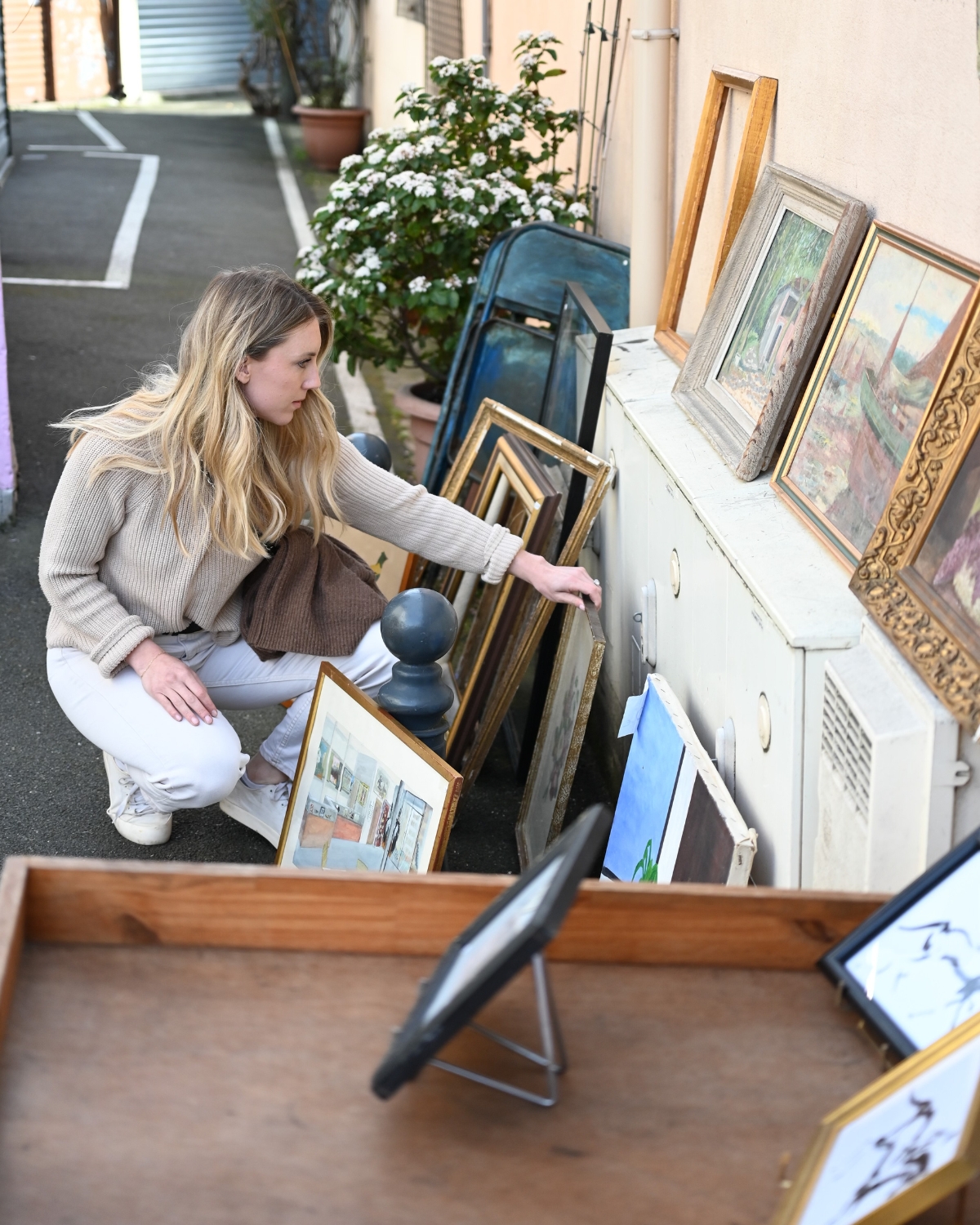
Which Paris Flea Market is the Best?
This depends on your shopping goals.
Saint-Ouen and Vanves each offer distinct treasure-hunting experiences. At Saint-Ouen, Paris’s largest flea market, you’ll walk through a maze of professional dealers offering interesting decorative pieces and antique furniture. It’s grand, it’s sprawling, and yes, it can be overwhelming; but it’s a paradise for collectors and interior designers.
If you’re after tiny treasures and rare books at a bargain price, head to Vanves. It’s one of the best open-air flea markets in the city, offering everything from art prints to quirky collectibles. The vibe is more relaxed, the prices more approachable, and the hunting just as rewarding.
Pick your market based on your mission – both offer the thrill that makes each market special. You just need to know how to peruse the Paris flea markets effectively. You need to know when to go, where to look, and how to browse. If you can get this figured out, an amazing shopping experience awaits.
Payment methods & bargaining
- Most vendor boutiques accept credit cards, but always have cash as backup
- Bring smaller bills – they’re handy for negotiating at outdoor markets
- For the best price, start with “What’s your best price?” Be friendly and show genuine interest
Shopping Strategies
- Visit antique stores early (before 11 AM) for the best selection.
- Save main street markets for an afternoon browsing.
- Bring a measuring tape for furniture.
- Take photos of items you buy.
- For vintage finds, inspect carefully for damage.
- Compare prices across multiple stalls for similar household items for the best deals.
- Research average prices for specific pieces beforehand for negotiating or spotting a deal!
Navigation & safety tips
I’ve learned to treat flea market shopping like a strategic mission. Start at the outer edges of the large market and work your way in. Keep your belongings close (I use a crossbody bag with a zipper) and leave your passport at the hotel. It’s not needed for purchases.
The markets get packed around lunchtime, so that’s when I usually take a break at a restaurant or café.
Getting to the flea markets
The easiest way to reach the St. Ouen flea markets is via Metro Line 13 to Garibaldi station, about a 25-minute ride from central Paris. From there, it’s a short walk to the larger Saint-Ouen market complex.
Alternatively, the Vanves flea is best accessed by the Metro Line 13 to the Porte de Vanves station. Likewise, about a 25-minute ride from central Paris. From there, it’s a very short walk to the market. Just follow the signs!
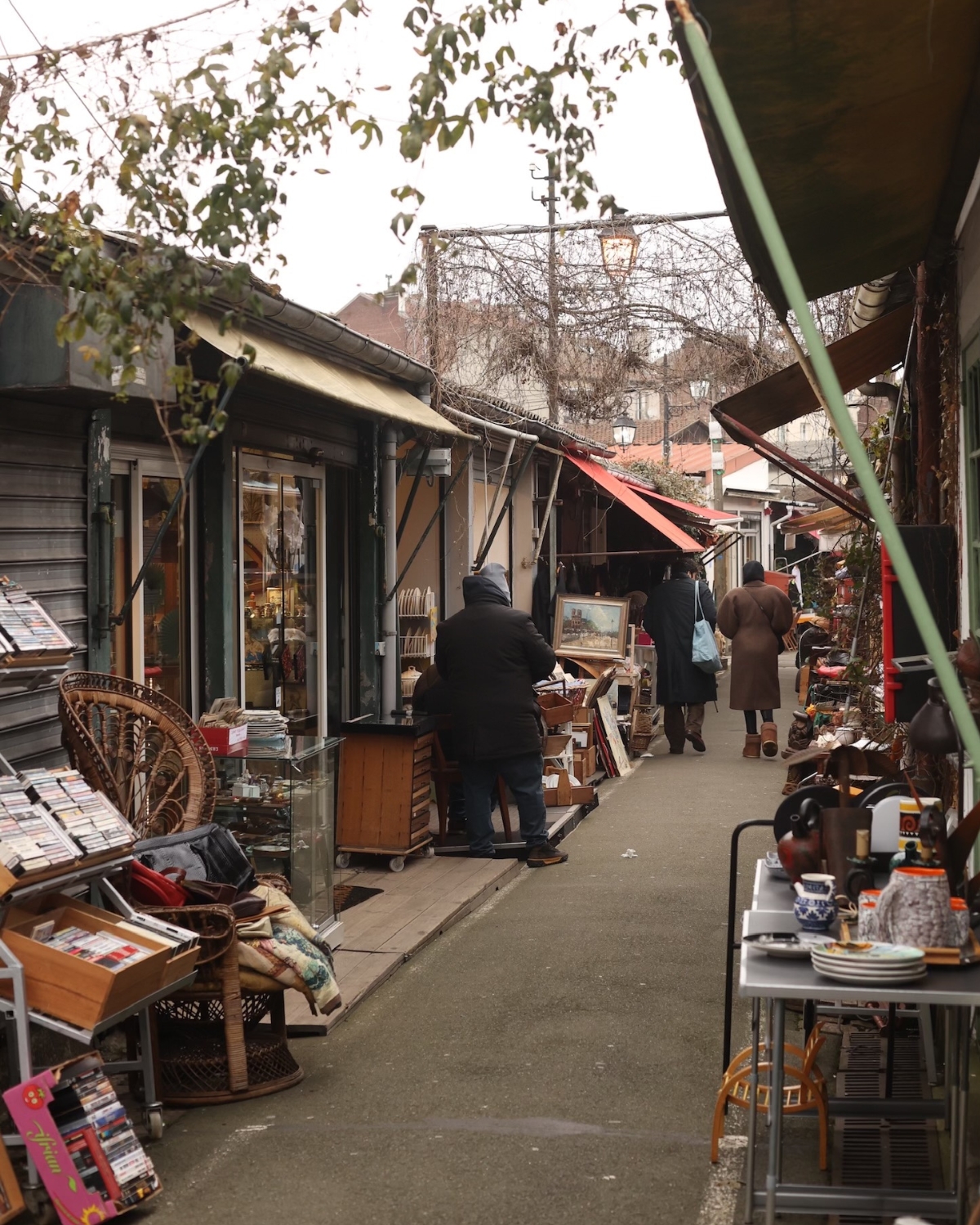
Photo Credit: @studiogabriellecapri
Conclusion
Shopping at the Paris flea markets is exhilarating, and I believe everyone should experience it at least once. Just arrive early, wear comfortable shoes, and keep your eyes open for authentic pieces that cost less than those “vintage-style” reproductions.
Yes, you have to dig through and hunt to get a good buy, and yes, you need to know how to shop the Paris flea markets properly – but that’s all a part of the fun, and now that you’ve read this post, you’re covered!
And isn’t that what makes these markets special? So, if you’re hunting for your own home or searching for a unique gift, treasure troves, or other small items, you’ll surely find something unique in the Paris Flea. Don’t get discouraged if you’re a first-timer. Take a chance and include it in your Paris itinerary—these markets can transform casual browsers into lifelong shoppers.
Explore More Travel Guides from Boxwood Avenue
If you’re inspired to explore beyond Paris, check out more of our travel guides for some incredible destinations. Whether it’s finding hidden gems in the Cotswolds, traveling to breathtaking Provence, exploring the scenic charm of Sun Valley, Idaho, traveling to Upstate New York, or planning your perfect visit to the Paris Flea Markets, we’ve got you covered!
And if group trips are on your list, explore our Boxwood Abroad Group Trips to France | Luxury Travel Tours for a curated luxury experience through France’s most charming locations. You can find all the details and book your spot at https://www.travel.boxwoodavenue.com/.

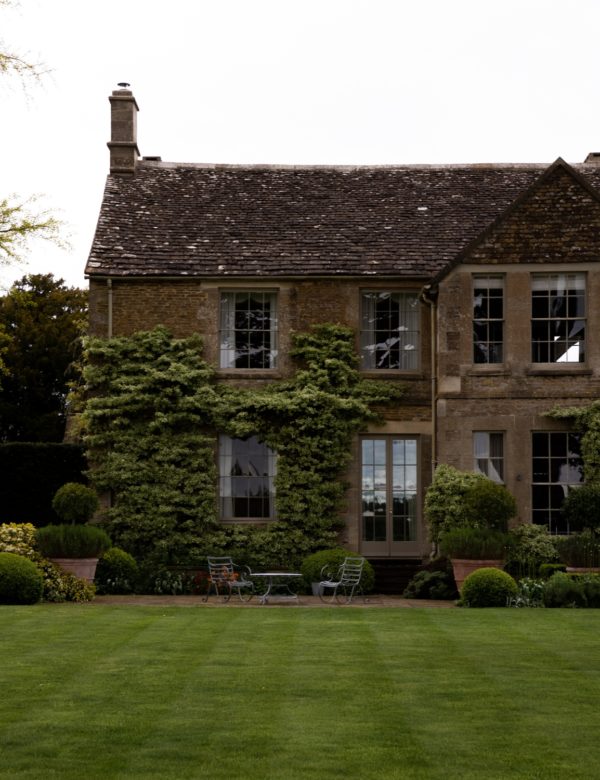
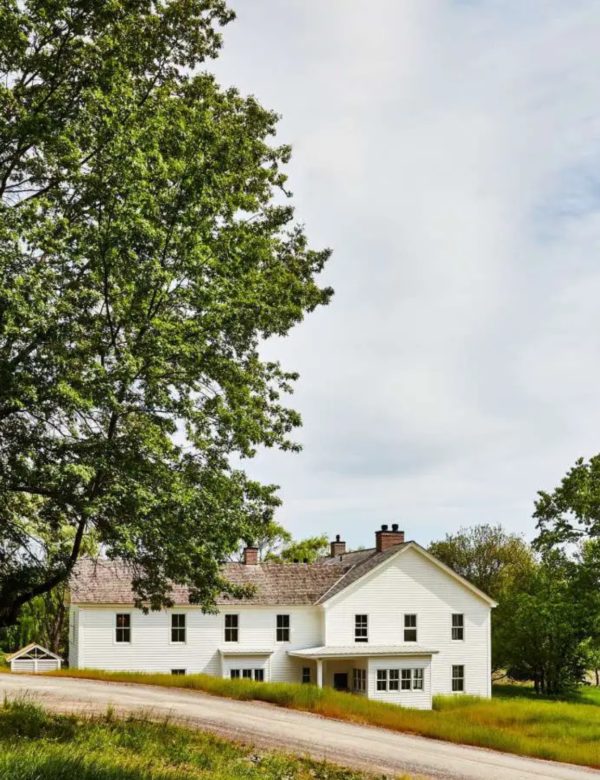
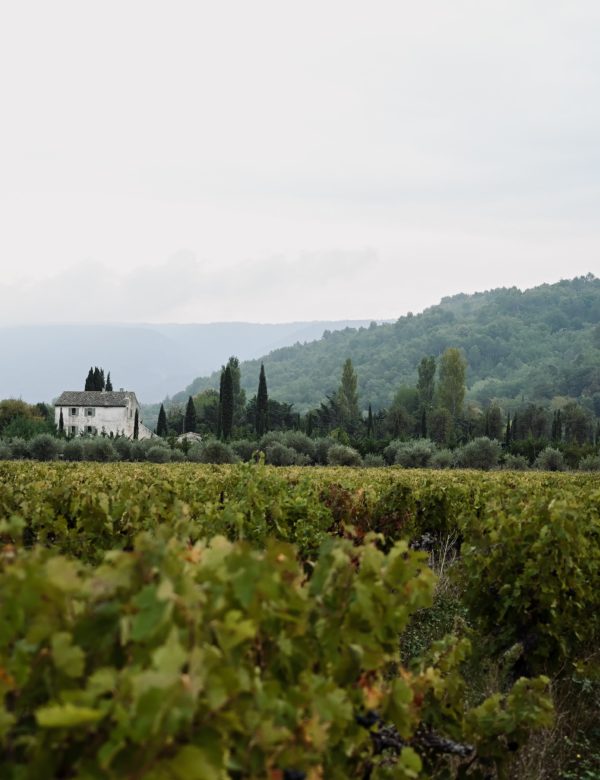
Thank you for this amazing detailed information. We love watching your adventures on IG. Can you share your tips on getting furniture or larger items back to the US? Is it hard to find packers and cargo options? Thanks in advance.
What an incredible guide to navigating the Paris flea markets! Just like in solitaired where every level is a new challenge.
Thank you for sharing this informative article. I am very interested in the information you have shared
Doodle Baseball
Explore the galaxy in ball orbit, where precise jumps are everything. Hop from planet to planet while avoiding falling into the endless void. The game is easy to pick up but hard to master, offering an addictive challenge that pushes your reflexes and concentration to the edge.
Very useful info. Hope to see more posts soon!.
For fashion enthusiasts perusing Paris flea markets is a treasure hunt discovering a Cafe Racer Jacket Menyou love among vintage treasures is a huge victory because it combines classic design fine craftsmanship and Parisian flare in one ideal item.
That is really nice to hear. thank you for the update and good luck. toto macau
Really helpful guide to know
io games
How do you decide whether to use a warm versus cool preset when editing lifestyle photography?
When editing lifestyle photos you should ask yourself what mood you want to convey. A warm preset can make skin tones appear soft and friendly and it works well for indoor shots with cozy light. A cool preset can emphasize greens and whites and often gives a crisp modern aesthetic for spaces like white interiors. It helps to look at your photo and see if the brows, whites and greens are true to life or need adjustment. One tip is to adjust the temperature slider after applying the preset to fine tune the feel rather than starting from scratch. Also remember that no preset will work perfectly for every image so you might need to tweak contrast or shadows after applying it. If you want your photo to feel airy and natural then choose the preset and settings accordingly and make small adjustments as needed.
Here is a service you might find useful while editing or organizing your creative workflow: https://affordablewastemanagement.co.uk/
This guide to the Paris Flea Markets sounds amazing! I’m always looking for ways to make my travel blog better. Before I dive into planning, I might even use a Free Favicon Generator Online to give my site a little French flair. Can’t wait to read more